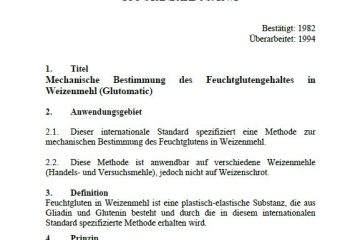Canada vs Mexico: Understanding the Key Differences

Introduction
The relationship between Canada and Mexico has evolved significantly over the years, marked by trade agreements, cultural exchanges, and geopolitical considerations. With both countries being vital partners in North America, understanding the intricacies of their interactions is essential in an increasingly interconnected global landscape.
Economic Relations
Economically, Canada and Mexico are two of the largest trading partners of the United States. The USMCA (United States-Mexico-Canada Agreement) has propelled trade and investment among the three nations, allowing for a shared supply chain and increasing market access. In 2022, bilateral trade between Canada and Mexico amounted to approximately CAD 31 billion, making them significant economic allies.
Cultural Ties
Culturally, Canada and Mexico share a rich tapestry of influences that stem from their diverse populations. Canada’s multicultural policies and vibrant immigrant communities include a significant number of individuals from Mexico, whereas Mexican traditions and food continue to gain popularity in Canada. Additionally, events like the Festival Mexicano de Calgary and Day of the Dead celebrations in various Canadian cities highlight this cultural intermingling.
Geopolitical Landscape
Geopolitically, Canada and Mexico hold distinct positions in global affairs. Canada is often seen as a more stable, economically advanced nation with strong ties to Europe and NATO, while Mexico is an emerging market facing different social and economic challenges. Recent events, such as the COVID-19 pandemic and climate change, have prompted both countries to work collaboratively in addressing shared concerns.
Conclusion
In conclusion, while Canada and Mexico differ in various aspects, their relationship is characterized by significant intersections in trade, culture, and geopolitics. As they navigate the complexities of global challenges such as climate change and economic recovery post-pandemic, their partnership will likely become even more critical. For readers, understanding the Canada-Mexico relationship is essential not only for economic insights but also for appreciating the broader dynamics of North American cooperation.









